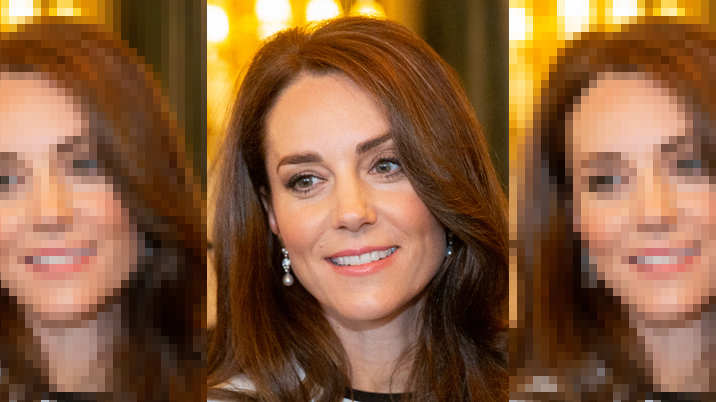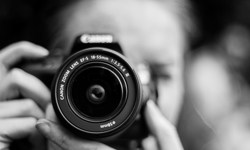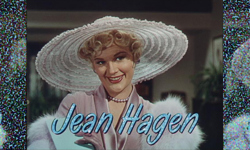
When the Princess of Wales gave her heartfelt message to the public about the real reasons for her low public profile in recent months, there should have been many in social media who regretted the way they reacted with the wildest of conspiracy theories to the discovery that pictures of her with her family, released days earlier, had been manipulated. But what about the UK media’s reaction?
The newspapers had tended to come down on her side, asking what mother wouldn’t do the same for their family photos if they knew how to. The picture agencies reacted more concerned, putting out kill notices on the image, which they sometimes do for dull reasons like copyright but less often for manipulation – usually only for pictures from the state news agencies of autocratic regimes.
On the face of it, it might be hypocritical for publishers to worry about photo manipulation. It’s something that magazines have always done a little or a lot depending on their sector. It can be controversial – such as creating impossible body sizes or unobtainable ‘ideals’ of beauty. Most manipulation is not so controversial. Extending image areas, removing highlights under text to make it more legible or flipping images to better suit layouts are all routine. Woe betide the designer that flips a picture of a guitarist though (rock fans tend to know whether their guitar heroes are right or left-handed).
Magazines may also sometimes have little choice but to work with manipulated photographs, ranging from idealised product shots from companies to airbrushed celebrity images from their agents. I once heard an editor explain that a certain American pop singer didn’t care much how they’d written up the interview but her office had to approve the picture use as well as supply and own them, even though the magazine paid for the shoot.
Image manipulation is nothing new. My favourite episode of Hancock’s Half Hour was not the famous blood donor one; for me, it was the publicity photograph one. It’s fictional humour of course but it’s the knowledge that there’s some truth in it that makes it funny. “No hairs on the chest? Never mind, I can scratch some in on the negative,” explains the photographer (a young Kenneth Williams), who is disgusted at the raw material he has to work with. “With all the hard work I’ve got to do to this negative, I’ll be up all night.”
When Hancock sees the result, he’s impressed: “My goodness, is this me? Yes, of course it is, I recognise the shirt,” and gradually he works out the trickery. Dark room arts have made his legs slim by splitting one leg in half and moving it over, leaving him two and a half toes on each foot.
The risks of DIY
Royal photos used to be a job for pool photography agencies like Press Association. The Waleses took the job in-house long ago for privacy reasons on the one hand and a kind of ‘keep it real’ feel of the DIY approach on the other. But there was also Prince William’s distrust of the press.
No professional agency would have agreed to manipulate these images. Anything they know to be altered carries a warning or an explanation or – as we have seen – is killed. In other words, they’d have been more professional and more transparent. Even now that we know the moving truth, it seems the Waleses would have been better off issuing nothing than putting out a manipulated image.
At the time, some media referred to the photo as ‘deep fake’. It is nothing of the kind. Deep fakes employ a much more sophisticated level of technology to achieve complete inventions. What would have taken a photographer all night in the darkroom can now be done in a few seconds in an app. But deep fakes can do so much more: putting words in the mouth of a leader that they never said, or having them do things they never did or appearing in places they never visited – or all of those things at once. The technology is getting stronger and therefore more dangerous all the time. In the wrong hands, which is where it already is, it presents a real challenge to truth, trust and at the most extreme, to democracy.
So, why was this more innocent photograph such an issue? The difference is provenance. Deep fakes tend to come from god-knows-where and propagate by sharing across networks. There’s no trusted source because it’s not usually even known what the source is. Images like this one did used to come from a trusted source: agencies that took the pictures themselves and could vouch for their history and authenticity. That may come back.
The public always had a sense of the dark arts that went on in a photographer’s darkroom, as that Tony Hancock episode lampoons. Now its understanding of how images and video can be manipulated is so much clearer because everyone has the means in the mobile in their pocket. Ironically, the growth of manipulation means magazine editors have to be more careful and more transparent than ever before.
It’s notable that when Kate made her heartfelt video about her cancer diagnosis, she turned to BBC Studios. It was filmed several days before its release and kept secret by a trusted media organisation. And when it broadcast, everyone believed it (with a few crazy exceptions). Because of its provenance.
This article was first published in InPublishing magazine. If you would like to be added to the free mailing list to receive the magazine, please register here.












